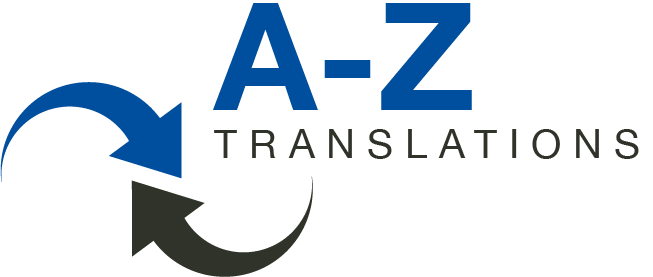Last Saturday, the Nuremberg regional group of my professional association, of which I am the co-leader, organized a presentation of various CAT tools (Computer-Assisted or Computer-Aided Translation tools) in order to make the decision of which tool to choose easier. The Bavarian division of the association has a notebook with by now nine different tools for just this purpose, and my colleague Manfred Altmann, who is also the technology expert in our division, can be booked to present a selection or all of them.
The plan for this day was to get a brief overview of most of them and then take a vote on which two or three to look at in more detail.
Manfred started out with a basic introduction on CAT tools, since quite a few of the 20 attendees had not seen or worked with a CAT tool – or TET tool (Translation Environment tool), as they are also known now* – before, and it was important for them to understand how they work to be able to make an informed decision.
Manfred then proceeded to present the different tools in alphabetical order (so as not to give the impression of playing favorites). He first gave a good overview of the main features and the file formats the tool in question is able to process, then he opened the actual program itself and showed how it works with some prepared demo files.
Questions from the audience regarding pros and cons were answered immediately and thoroughly, so that the presentation of most of the tools took quite a bit longer than anticipated and went into some more detail than planned. By the time we took a break for lunch, it was clear that the original concept had to be revised, and after a quick vote on how to proceed after lunch, almost everyone was in favor of continuing as we had.
All in all it was a very successful day, even if the original plan had to be abandoned. The feedback was positive throughout – several of the attendees said they had gotten a lot of very helpful information -, and that is the most important thing after all, isn’t it.
The tools presented were:
OmegaT (the only Open Source aka free tool)
Another very useful site on this topic with lots of information, including videos, is www.translatorstraining.com by Jost Zetzsche, who is an absolute CAT tool guru.
* This is because nowadays the overwhelming majority of tools has their own editor in order to be able to process specific file formats, for example from DTP programs such as InDesign, Framemaker, QuarkXpress etc., which are becoming more and more prevalent in the industry.
